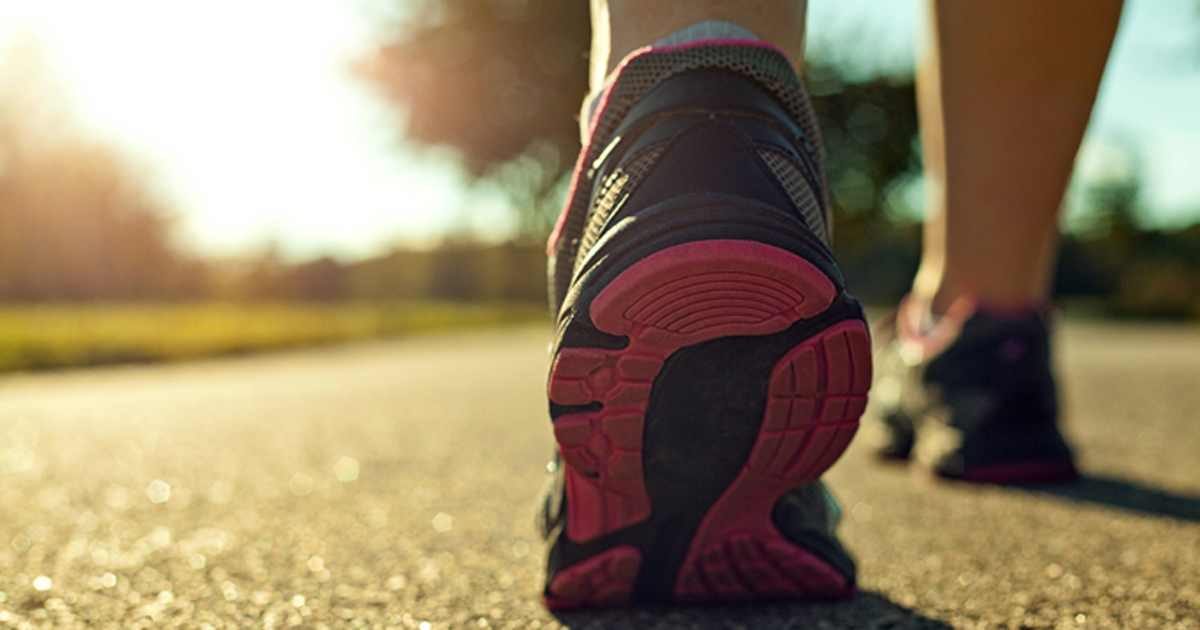Light physical activity associated with increased brain volume
A recent study found evidence that each additional hour of light physical activity is associated with higher brain volumes and healthy brain aging.
The HHS 2018 Physical Activity Guidelines for Americans added brain health to its list of benefits to achieving 150 or more minutes of moderate to vigorous physical activity per week.
“We have really only just begun to uncover the relationship between physical activity and brain health,” Nicole Spartano, PhD, research assistant professor of medicine at Boston University School of Medicine, said in a press release.
Researchers collected data from participants in the third generation and offspring cohorts of the Framingham Heart Study. Participants wore accelerometers for 8 days and had brain MRIs completed between June 2009 and December 2014. Participants were excluded if they had less than 3 days of valid data, did not undergo a brain MRI or had a disorder that could affect brain MRI measures, such as dementia or stroke.

The accelerometer devices were worn on a belt attached at the hip that measured steps per day, moderate to vigorous physical activity (more than 1,486 counts [steps] per minute), light-intensity physical activity (200 to 1,486 counts per minute) and sedentary time (less than 200 counts per minute).
The study sample included 2,354 patients with a mean age of 53 years. Of those, 1,099 (46.7%) met physical activity guidelines. Each additional hour of light intensity physical activity was linked to approximately 1.1 years less brain aging (beta estimate, 0.22; P = .003) in those who met physical activity guidelines. Among those not meeting physical activity guidelines, reaching at least 7,500 steps per day (beta estimate, 0.44; P =.02) and each hour of light intensity physical activity (beta estimate, 0.28; P = .01) were equivalent to 1.4 to 2.2 years less brain aging.
Increasing moderate to vigorous activity and achieving the recommended level of moderate to vigorous activity was not significantly associated with brain volume.
“Every additional hour of light intensity physical activity was associated with higher brain volumes, even among individuals not meeting Physical Activity-Guidelines,” said Spartano. “These data are consistent with the notion that potential benefits of physical activity on brain aging may accrue at a lower, more achievable level of intensity or volume.” – by Erin Michael
Disclosures: Spartano reports no relevant financial disclosures. Please see study for all other authors’ relevant financial disclosures.
